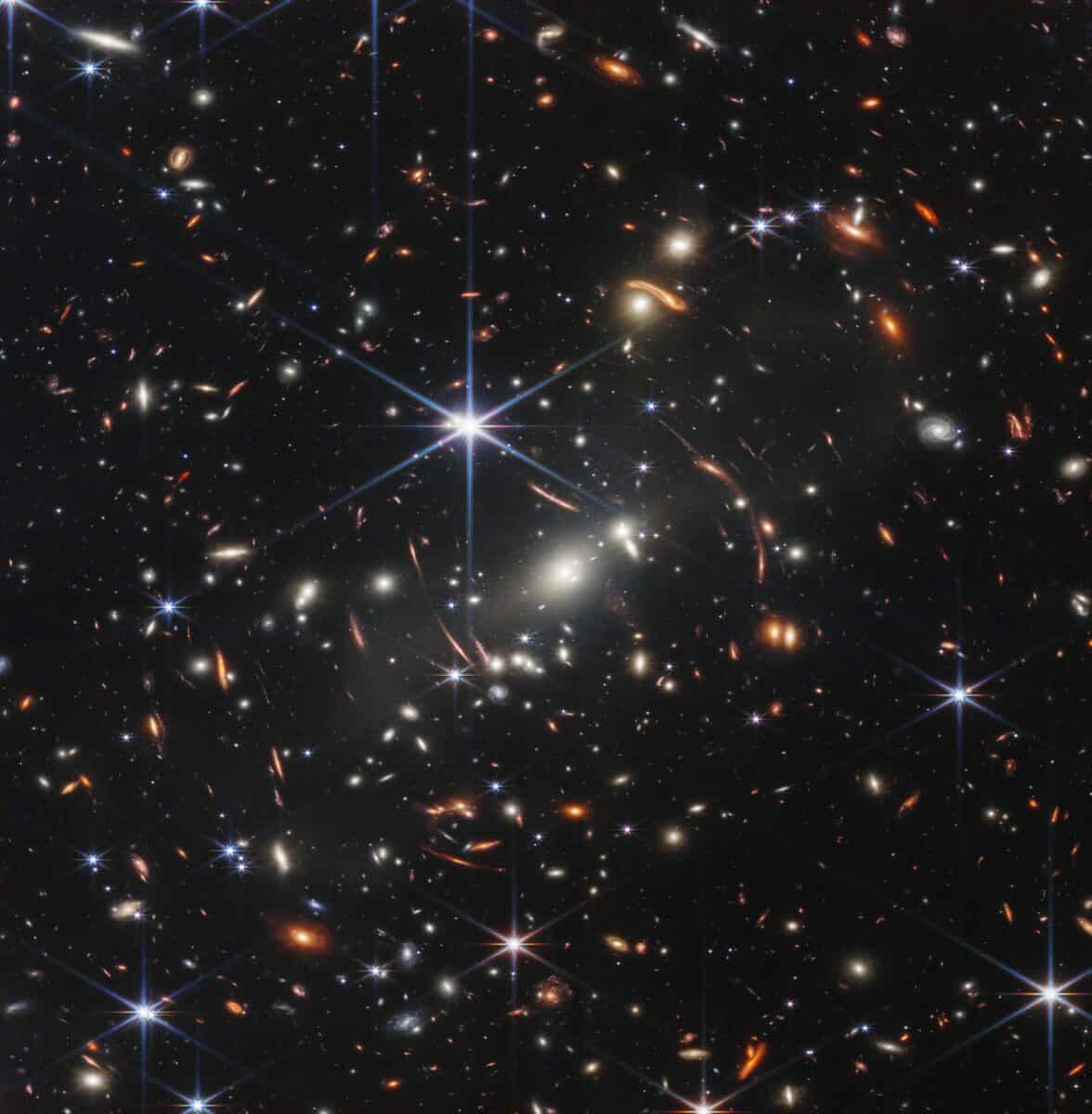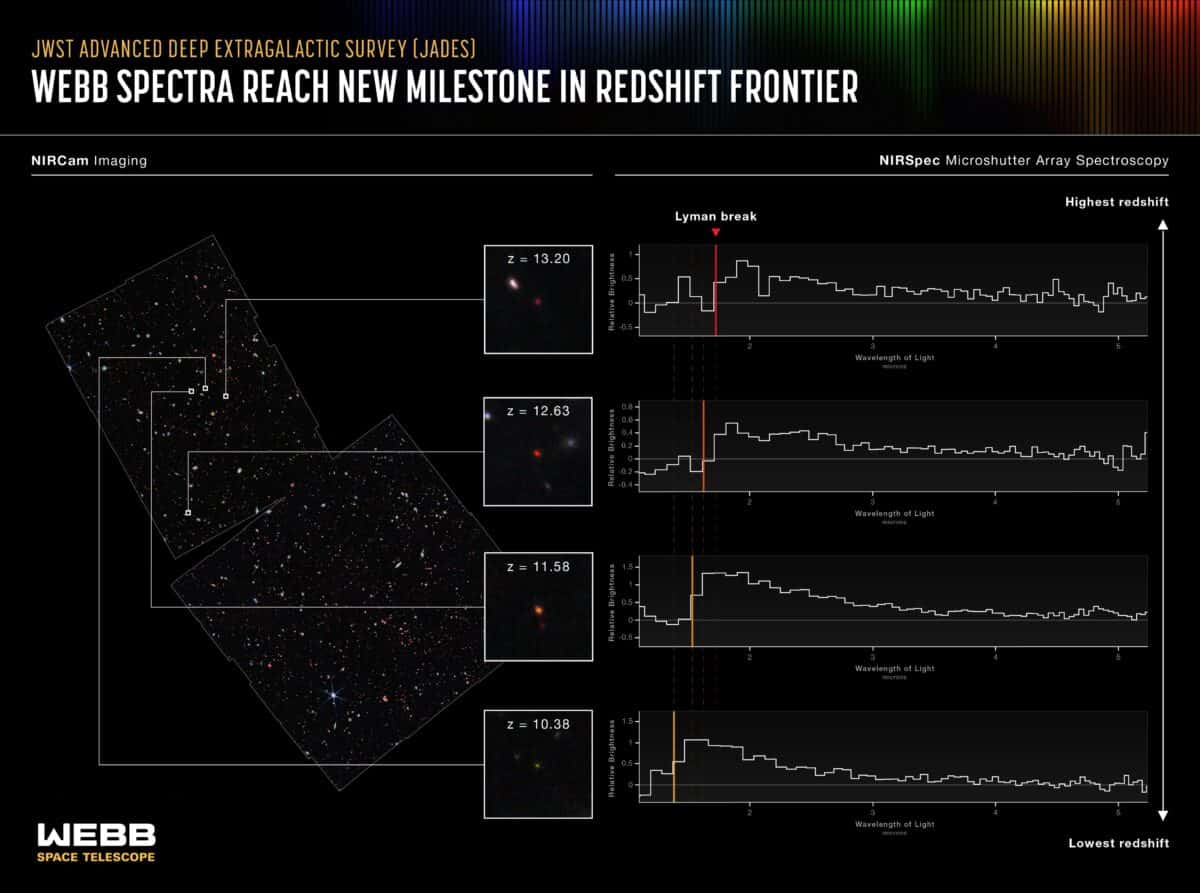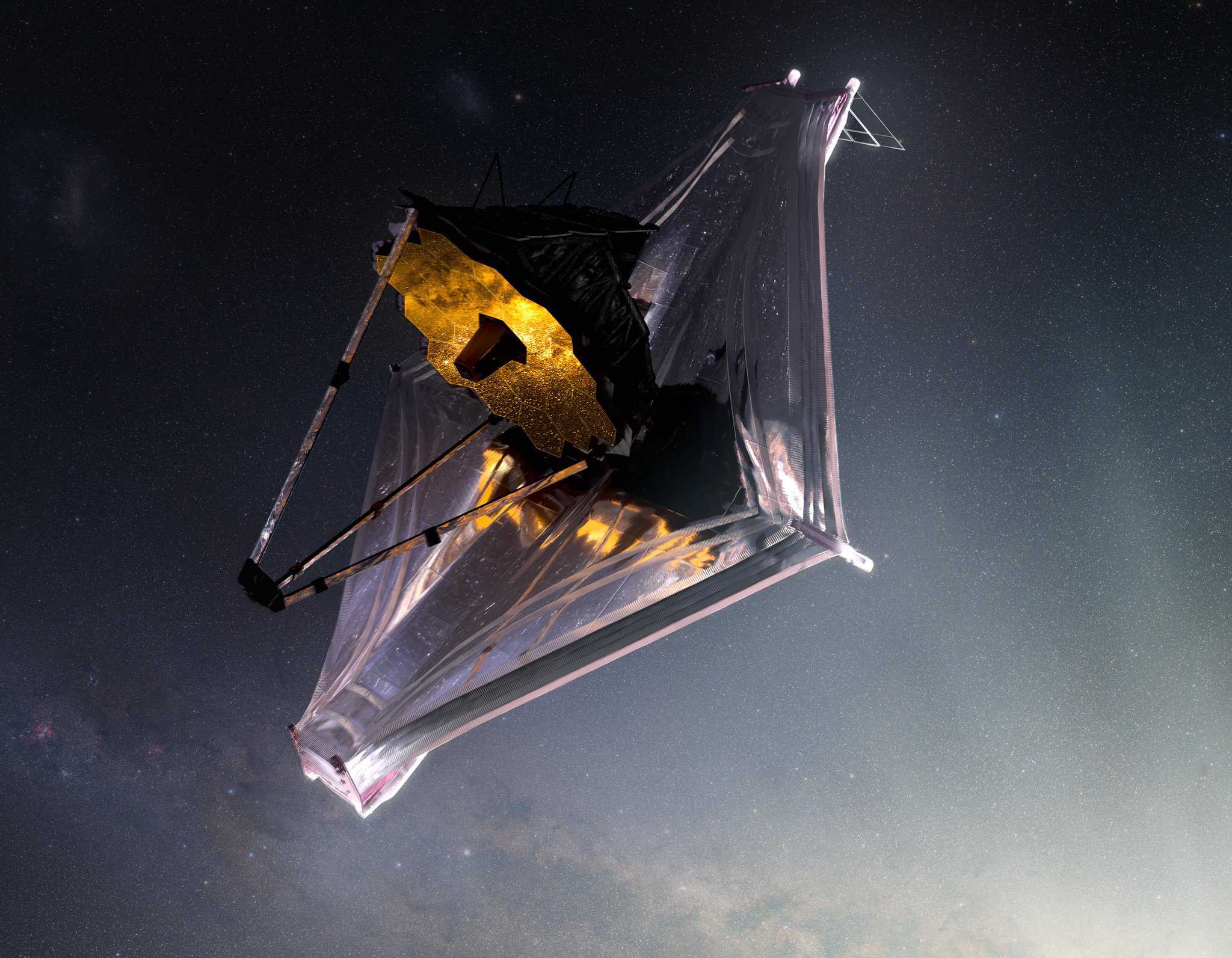If you’re with us today, you need a concrete answer to the main title. Asking how far the James Webb Space Telescope can see and receiving the answer “very far away” is not very cool. It can see very far away, of course, because otherwise, the world wouldn’t be so excited about it. Yet how far can it see exactly? How does it compare with its predecessor, the Hubble Space Telescope? Let’s find out, shall we?
James Webb Telescope vs. Its Predecessors
In the last three decades, give or take, NASA and other international Space Agencies have launched several telescopes into space. JWST’s predecessors are the famous Hubble Space Telescope and the Spitzer Space Telescope. Their purpose has always been to see what information they can gather from outer space. Of course, the idea since forever is always to use that data to find whether or not we’re alone in the universe.
The Spitzer Space Telescope was launched from Cape Canaveral, Florida on August 25, 2003, and it was in orbit for over 16 years. It has since been deactivated as new technology has been introduced, so our chart will focus on the telescopes still in orbit.
Here’s an in-depth comparison between them.
| James Webb Space Telescope | Hubble Space Telescope | |
|---|---|---|
| Launch Site and Date | Centre Spatial Guyanais, French Guiana on December 25, 2021 | John F. Kennedy Space Center, Florida USA on April 24, 1990 |
| Mission duration | 1 year, 3 months, 4 days (ongoing) | 32 years, 11 months, 5 days (ongoing) |
| Launch Mass | 6,500 kg (14,300 lb) | 11,110kg (24,490 lb) |
| Dimensions | 20.197m x 14.162m (66.26ft x 46.46ft) | 13.2m x 4.2m (43 ft x 14ft) |
| Power | 2 kW | 2,800 watts |
| Reference/Regime | Sun-Earth L2 orbit; Halo orbit | Geocentric orbit; Low Earth orbit |
| Diameter/Focal Length | 6.5m (21ft); 131.4 m (431ft) | 2.4m (7ft 10in); 57.6m (189ft) |
| Collecting Area | 25.4 m2 (273 sq ft) | 4.0 m2 (43 sq ft) |
| Wavelengths | 0,6-28.3μm (orange to mid-infrared) | Near-infrared, visible light, ultraviolet |
| Instruments | Fine Guidance Sensor, Near Infrared Images and Slitless Spectrograph, Mid-Infrared Instrument, Near-infrared Camera, Near-Infrared Spectrograph | Near Infrared Camera, Multi-Object Spectrometer, Advanced Camera for Surveys, Wide Field Camera 3, Cosmic Origins and Space Telescope Imaging Spectrographs, Fine Guidance Sensor |
What Can the James Webb Space Telescope See?
Before we reveal how far the James Webb Space Telescope can see, it’s crucial to understand what it can see. This is at the core of this achievement’s significance, so it’s important.
Type of Light
NASA, ESA, and CSA built the James Webb Space Telescope for near-infrared astronomy. It can “see” orange, red, and infrared light. A nerdy thing to point out is that it can focus from 0.6 red light to 28.3 microns of infrared. Objects like debris disks and planets are more visible in infrared, so this telescope can see them better.
It can detect objects billions of years older than the Hubble Space Telescope, precisely because of this infrared-catching technology. Through the JWST, we can see distant and early objects whose visible emissions shift to infrared. Dust clouds, for example, are easier to see because infrared light passes through quickly, but visible light does not. The image of galaxy cluster SMACS 0723 shown below was taken by the James Webb’s Near Infrared Camera (NIRcam). It is a composite image made from over 12 hours of images at different infrared wavelengths. This image shows the cluster as it appeared 4.6 billion years ago.

,
4.6 billion light-years away.Mirrors
Yes. This is the technical name, don’t laugh. The mirror is a crucial implement, and the bigger, the better. Let’s have a look.
The James Webb Space Telescope has a 21.3ft (6.5m) primary mirror. This gold-coated beryllium mirror comprises 18 hexagonal segments instead of one large, single mirror. Each hexagonal part is about 4.3ft (1.32m) in diameter and weighs around 46 pounds (21 kg). Scientists coated the mirrors in gold because gold better reflects infrared light and makes the mirror sensitive to infrared wavelength.
Precise actuators position the 18 mirror pieces (and the secondary mirror, too) in the correct location. An actuator is a designated mirror “mover”. It’s part of a machine that moves and controls the whole observatory. Each primary hexagonal mirror has its actuator changing its curvature. All this allows the 18-mirror segment to blend into one enormous functional mirror that reflects light into the sensors and measuring devices.
Sunshields
Remember how your parents were always on your case about wearing a hat because of how strong the sun can be on the skin? Scientists added a sun shield to protect the James Webb Telescope’s mirrors from light and heat damage for pretty much the same reason.
The kite-shaped sun shield (the size of a tennis court) allows the James Webb Space Telescope’s instruments to cool down below 50 kelvin (-370°F/-223°C), allowing them to function correctly. If they overheated, the whole thing would go to waste.
Instruments
The James Webb Space Telescope was equipped with the Integrated Science Instrument Module (ISIM) to see and collect every bit of data and as many images as possible. This thing is basically every scientist’s dream: think about it, it’s like a self-functioning lab the size of a basketball court, in space.
It also provides electrical current, computing resources, and cooling capabilities. Moreover, it also holds the four main instruments needed to see the infrared wavelengths, so it’s an all-around incredible achievement.
What Has the James Webb Telescope Received So Far?
During a televised broadcast on July 12, 2022, the first images captured by the James Webb Space Telescope were shown to the public by US President Joe Biden. It showed a landscape filled with stars and other aspects, which happened to be the edge of a star-forming region called NGC 3324 within the Carina Nebula. To see this and other images from the James Webb, check out our article here.
If this isn’t obvious by now, that’s a big deal. This nebula is very, very, very far away from us, and the quality with which it was captured is astonishing. Since then, we have received hundreds of images and data on galaxies, nebulas, stars, exoplanets, and even our own solar system. After NASA, ESA (European Space Agency), and CSA (Canadian Space Agency) scientists examine and study the data, they upload them to NASA’s official website.
In April 2023, scientists released a paper in Nature indicating they had found the four oldest galaxies ever detected. The most distant of these is called JADES-GS-z13-0. Scientists estimate that the light they are seeing is only 320 million years after the big bang that started the known universe. So the light from JADES-GS-z13-0 comes from over 13 billion years ago. (In 2022, the Hubble Telescope also broke a record with the discovery of the star Earendel, whose light has taken 12.9 billion light-years to get to Earth.)
What exactly does this all mean? Although the light from JADES-GS-z13-0 comes from over 13 billion years ago, the galaxy is now actually located over 33 billion light-years from Earth. This is due to the continuing expansion of the universe as the light travels. So when we see objects whose light comes from a period near the beginning of the universe, scientists must calculate enormous distances to determine the galaxy’s current location from Earth.

Conclusion: How Far Can the James Webb Space Telescope See?
Very far away.
Jokes aside, the James Webb Space Telescope can see light from at least 13 billion light-years in the past, located in galaxies over 33 billion light years away. Yes, you read it right. Light takes time to get to us, so when we observe the farthest regions of the universe, we’re looking at how things were billions and billions of years ago. With the JWST, we can see what the universe looked like just a few hundred million years after the Big Bang, and we will be able to observe the first galaxies and stars that formed.
The James Webb Space Telescope will also be able to capture images a billion light-years away. The European Space Agency has already received images of LEDA 2046648, a star system located in the constellation of Hercules. Its shape resembles our Milky Way, containing thousands of galaxies, trillions of stars, and numerous planets. How cool is that?
So there you have it. You can confidently answer that the James Webb Space Telescope can see billions of light years away and literally back in time. Buckle up for when the JWST is next mentioned during dinner.
The image featured at the top of this post is ©NASA-GSFC, Adriana M. Gutierrez (CI Lab) .
